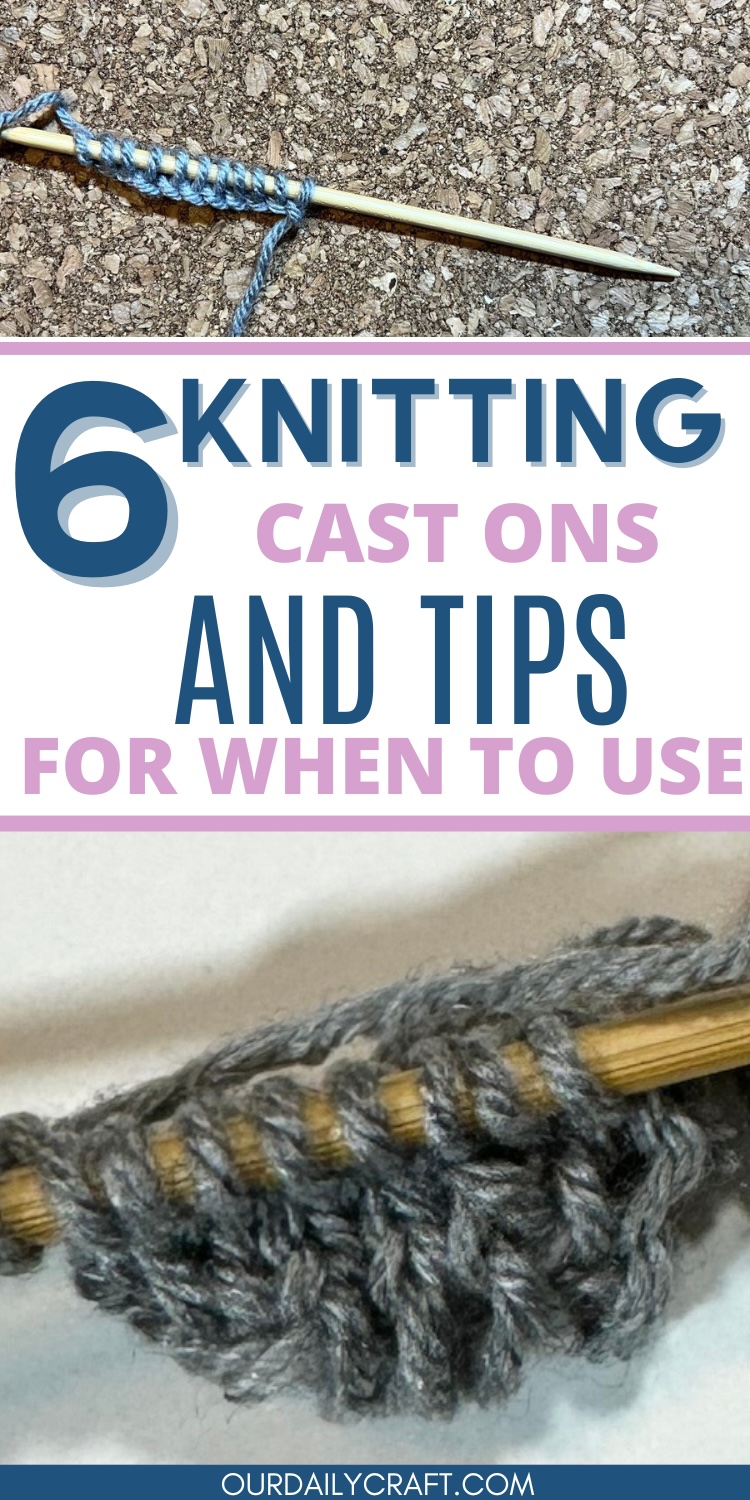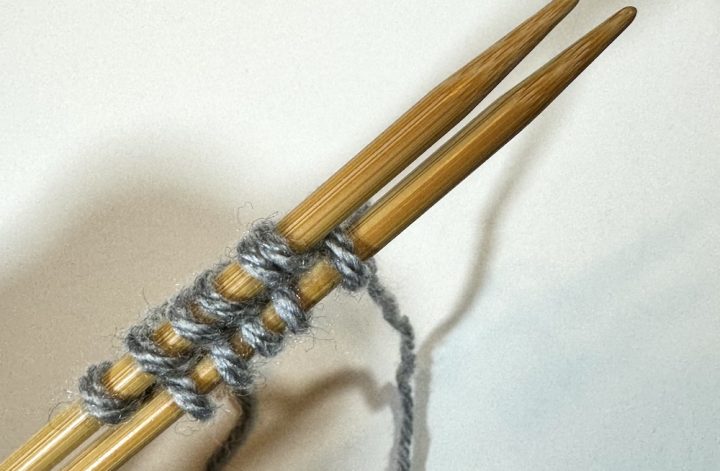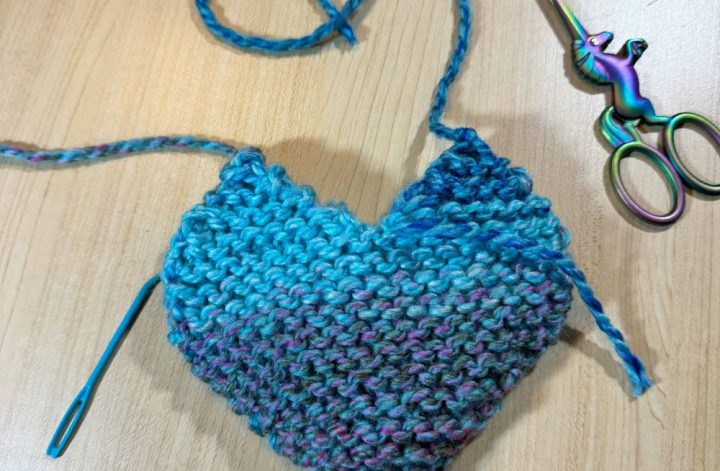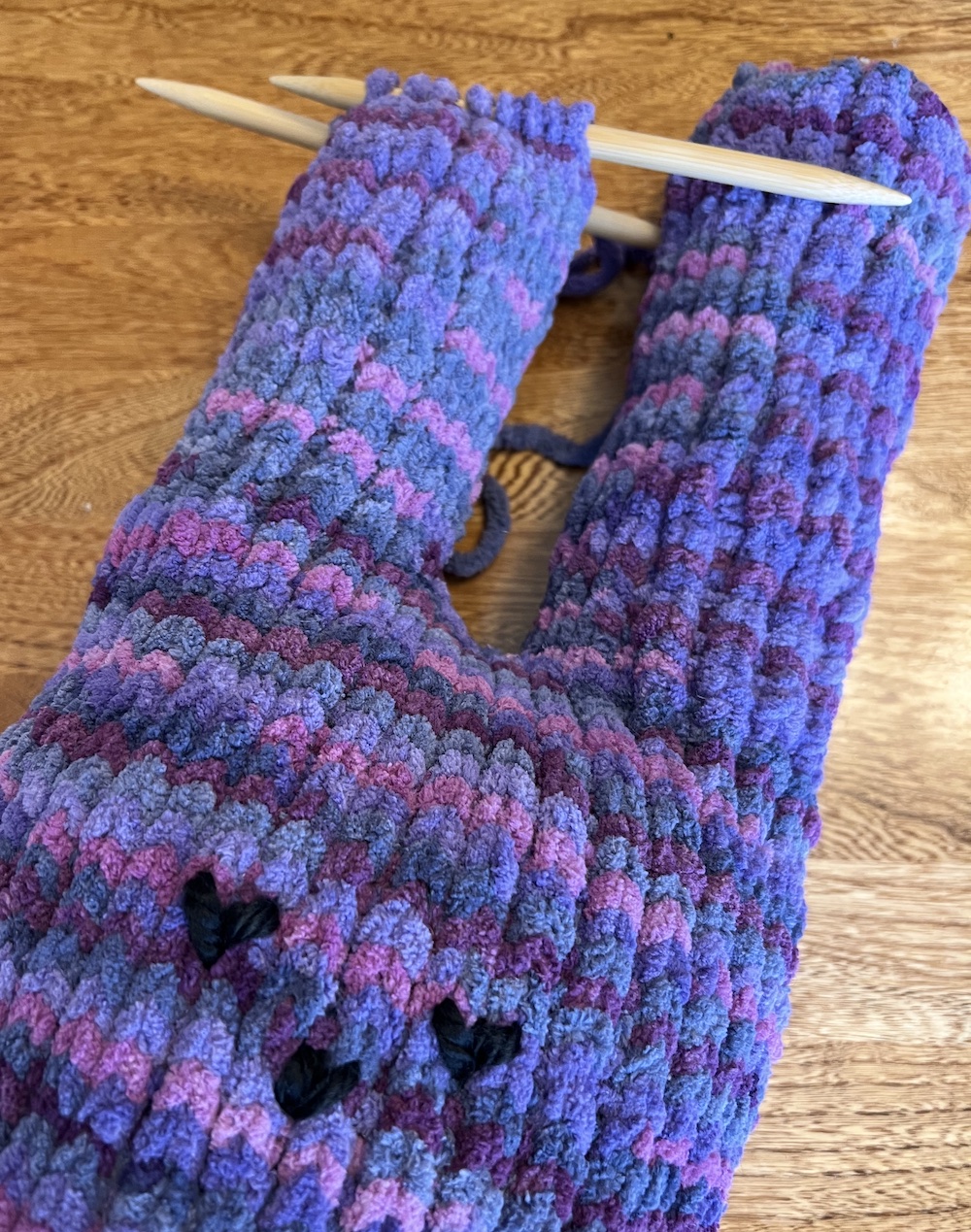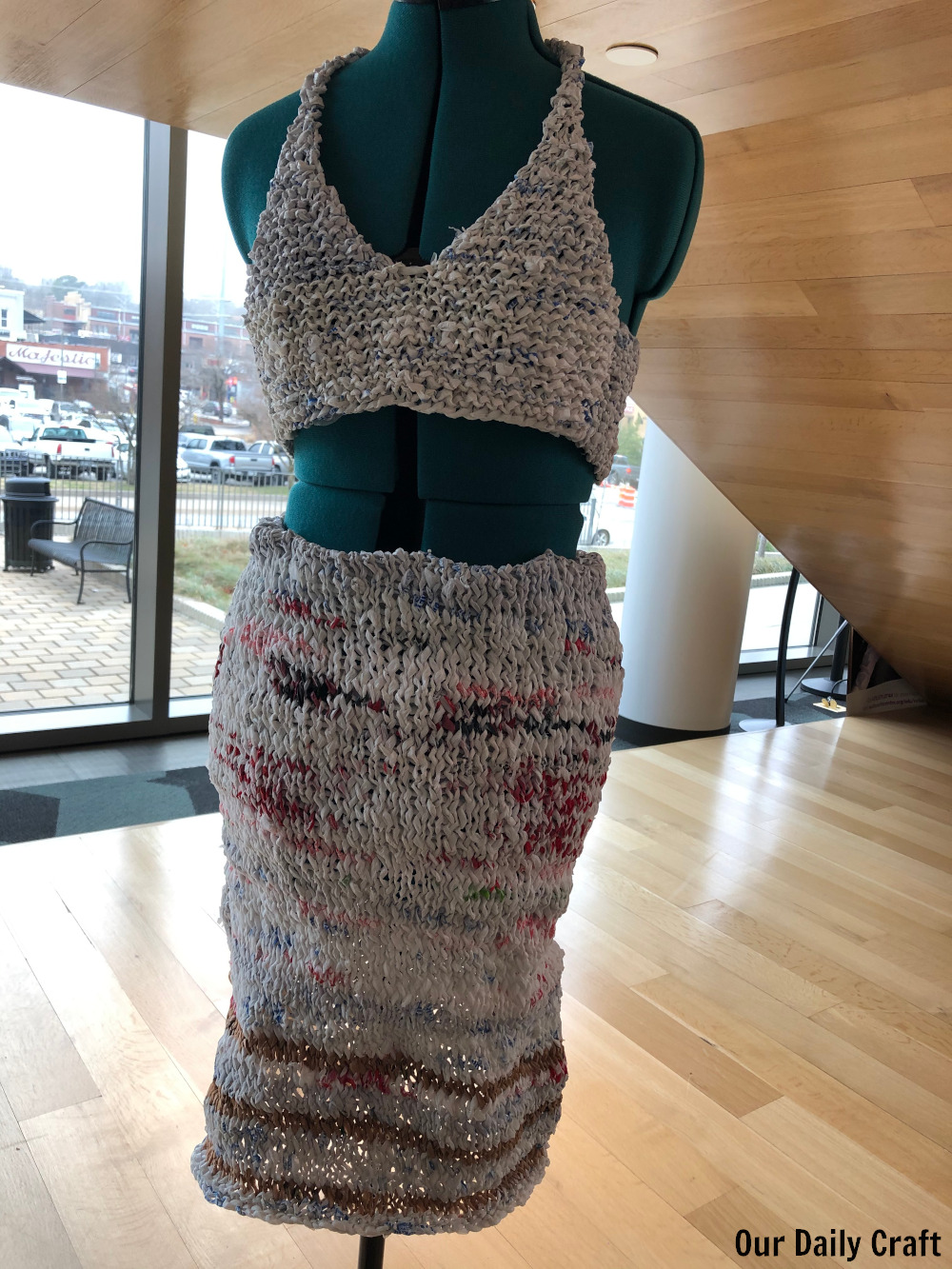Affiliate links may be included for your convenience. View our privacy and affiliates policy for details.
There are so many knitting cast on methods out there, it can be difficult to know which one to choose. Here’s a quick overview of some of my favorite knitting cast on methods and when I like to use them.
The Easiest: Backward Loop Cast On
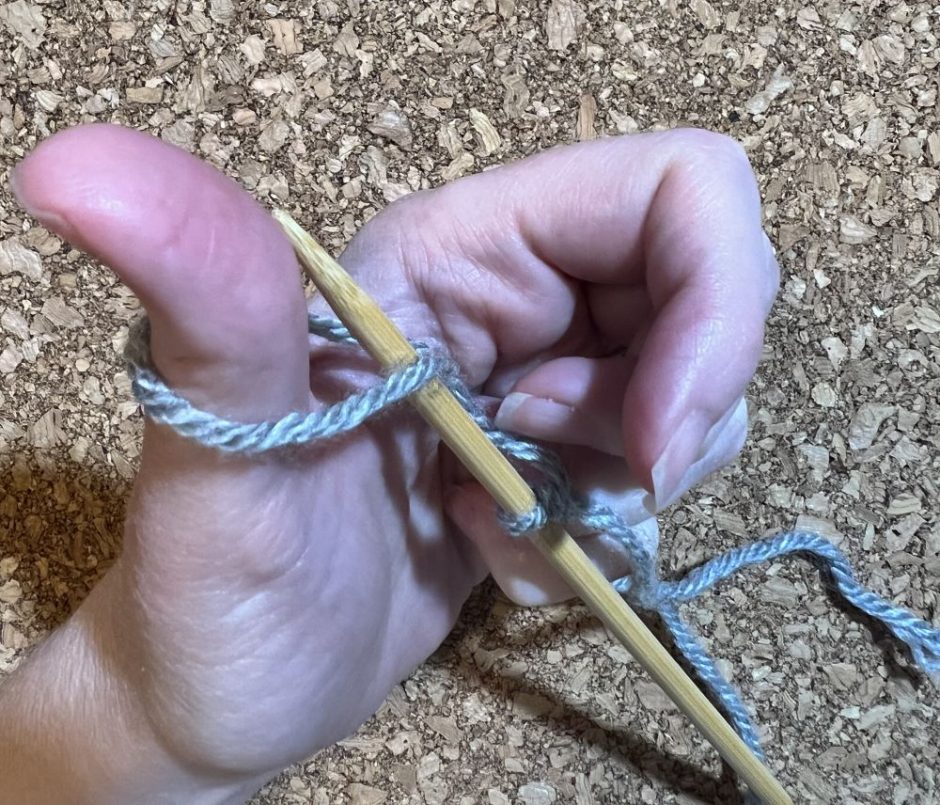
The backward loop cast on is often the first cast on that people learn because it’s super simple; you’re just making loops around the needle.
Other names: e-wrap, half hitch, wrap cast on
Pros: quick and easy, doesn’t need a long tail, can use it to add stitches anywhere in an established row
Cons: hard to get even tension when casting on lots of stitches, first row is a little hard to knit
My Favorite to Teach: Knit Cast On
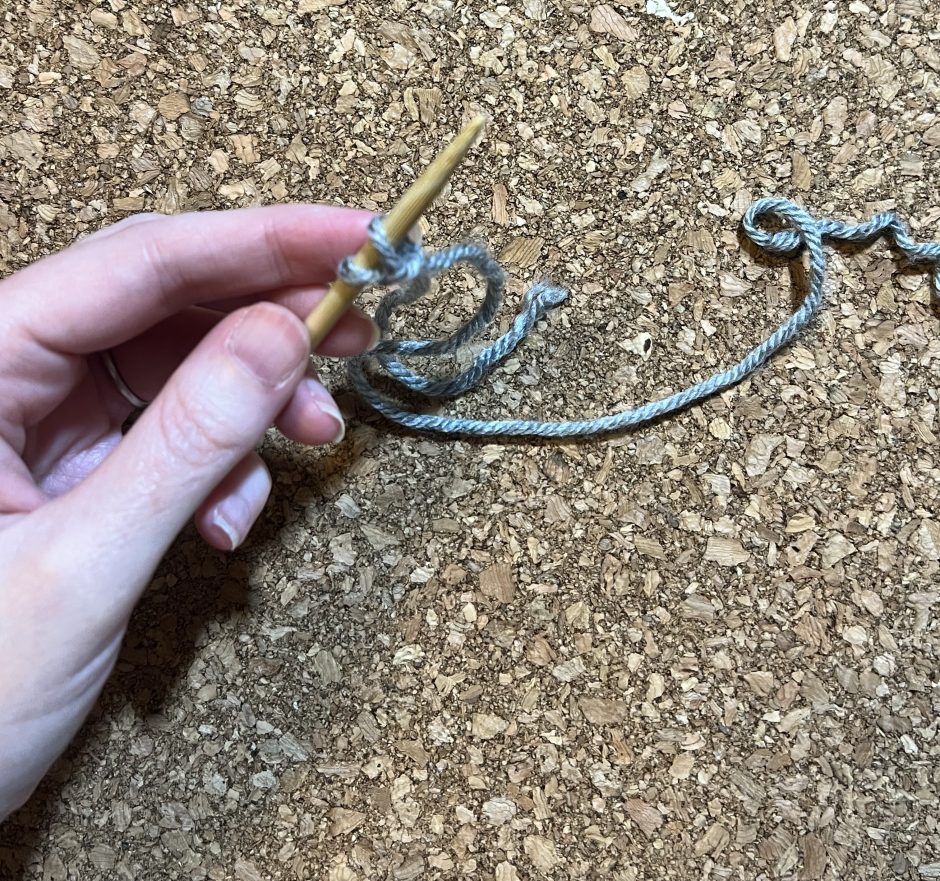
The knit cast on is my favorite knitting cast on method to teach new knitters, because once you know how to do it, you know how to make the knit stitch, too.
Pros: easy to learn, teaches you how to knit at the same time it teaches you how to cast on, doesn’t need a long tail, can use it to add stitches within a row or at the beginning of a row
Cons: can be difficult to get even tension at first, is a slow process
A Knit Variation: Cable Cast On
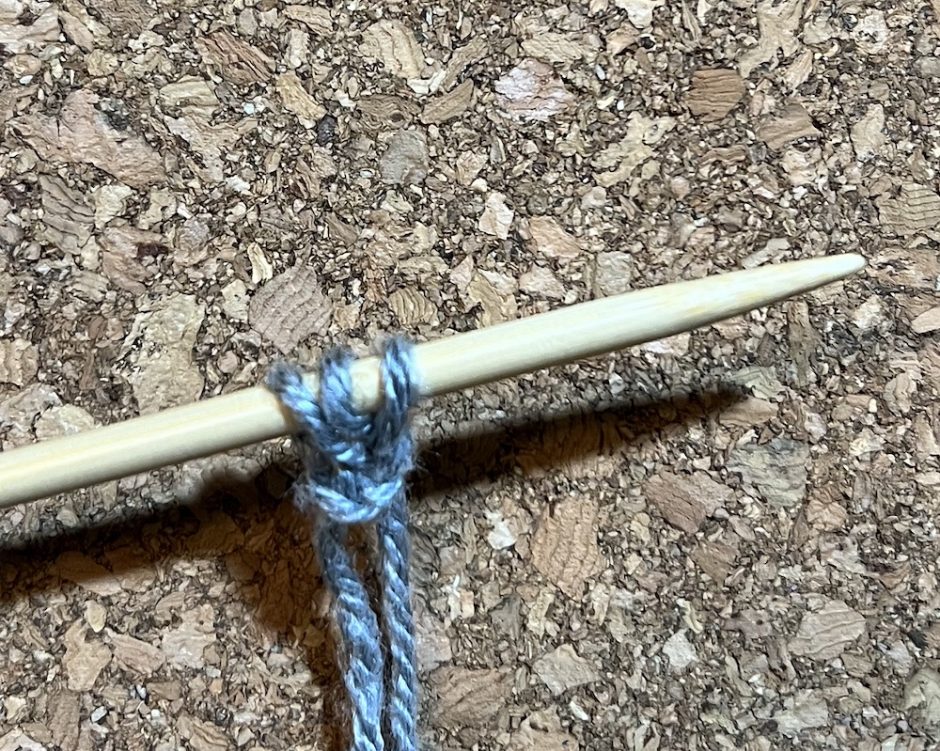
When it comes to basic knitting cast on methods, some people prefer the cable cast on to the knit cast on, though they are pretty similar in how they’re made. What differs is how you place the needle to make the next stitch.
Pros: makes a nice, firm edge, easy to work, doesn’t need a long tail, can use it to add stitches within a row or at the beginning of a row
Cons: even slower (for me, anyway) than knit cast on, less elastic than knit cast on
The Most Popular Cast On (Probably): Long-Tail Cast On
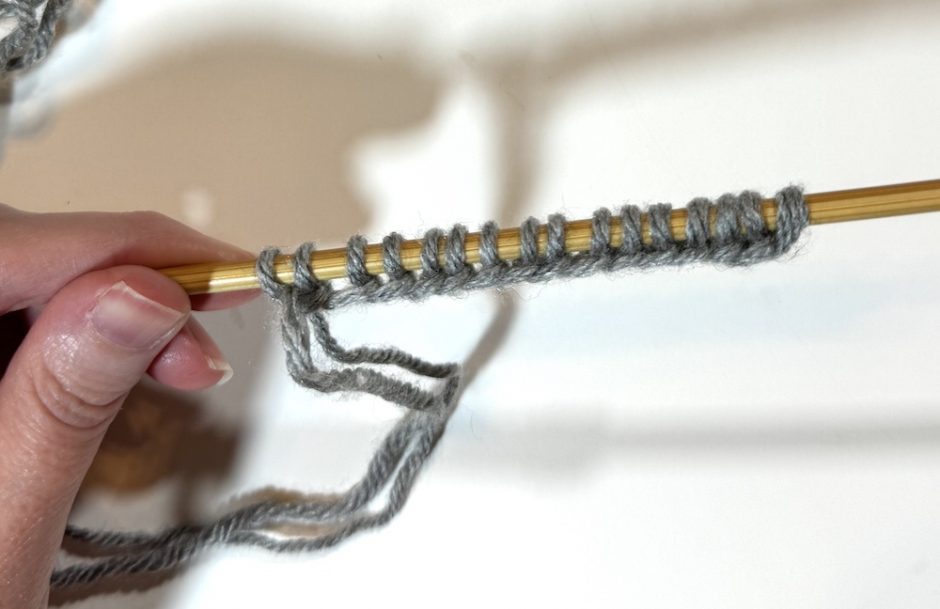
If you were to ask a knitter how to cast on, or how they most often cast on, they would probably show you or tell you about the long-tail cast on. It’s not the easiest cast on but I do feel like it’s probably the most popular of the common knitting cast on methods.
Other names: slingshot cast on
Pros: fast when you know how to do it, combines the cast on with the first row of knitting, is stretchy and good looking on both sides
Cons: learning curve, requires a long tail, can only be used at the beginning of a project
Great for Toe-Up Socks: Turkish or Figure 8 Cast Ons
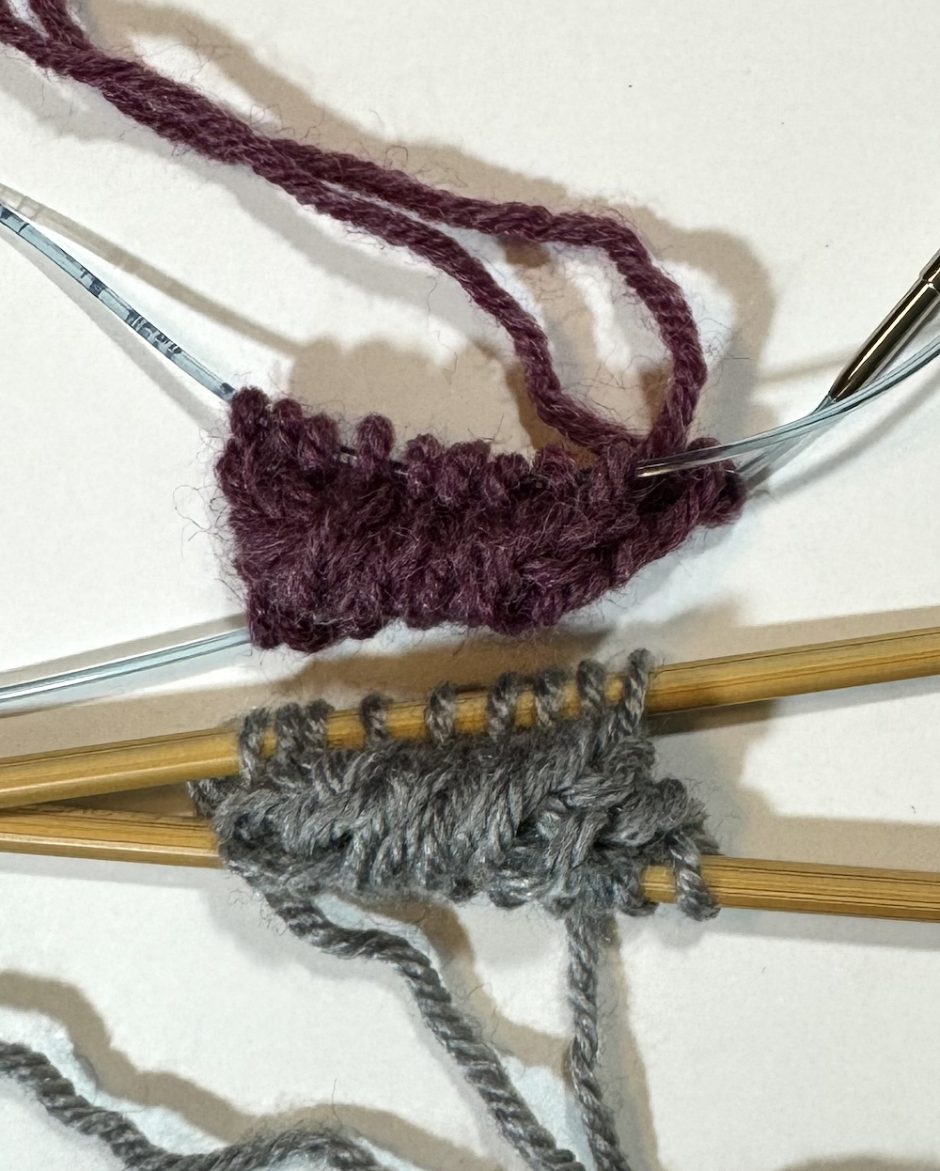
When it comes to casting on for toe-up socks, or other little tubes that are closed on one end, having a smooth, seamless start is important. I like both the Turkish cast on and the figure 8 cast on, though they do both have pros and cons.
Turkish cast on: needs to be worked on a cable needle, feels a little unstable because you’re knitting into both sides of a loop, but it looks a little smoother and more even, at least when I do it
Figure 8 cast on: can be worked on double pointed needles or cable needles, feels a little more stable because each stitch is its own loop, harder (for me anyway) to get even tension
In the photo above, the Turkish cast on is at the top in the purple yarn, and the figure 8 cast on is at the bottom in the gray yarn.
